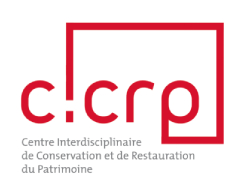The banner of Saint Blaise
Issues and challenges in the restoration and presentation of a double-sided artwork The Petit Palais museum has been working for many years in close collaboration with the CICRP and is offering the opportunity to the public to discover the scientific studies and restorations that the works



